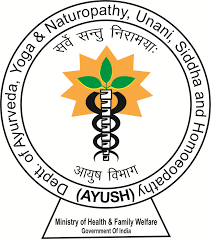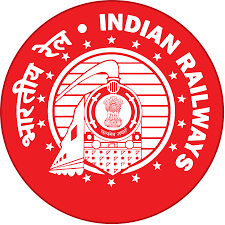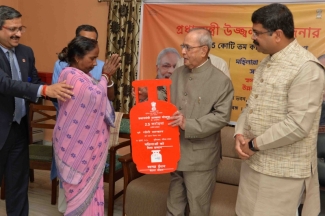
Government has conducted several studies to measure and quantify the adverse effects of climate change on agriculture. Extensive field and simulation studies were carried out in agriculture and allied sectors by several network centers consisting of ICAR Institutes such as Indian Agricultural Research Institute at New Delhi, Central Research Institute for Dryland Agriculture at Hyderabad, Central Marine Fisheries Research Institute, Kochi, Indian Institute of Horticultural Research, Bangalore etc. and State Agricultural Universities, located in different parts of the country. The climate change impact assessment was carried out using the crop simulation models by incorporating the projected climates of 2020, 2050 and 2080. Most of the results were obtained through incorporating the future projections by using modeling techniques like Had CM3 model. From these projections, variability in temperature and rainfall pattern was observed in future periods with significant impact on crop yields. The Indian Network for Climate Change Assessment (INCCA) of the Ministry of Environment & Forests (MoEF) has studied the climate change impact assessment in the Himalayan region.
Clear indications of change in climate are being noticed in the country. Last three decades saw a sharp rise in all India mean annual temperature.
Spatio-temporal variations in projected changes in temperature and rainfall are likely to lead to differential impacts in the different regions. However, the major crops classified as risk prone under the impacts of climate change with reduced productivity are – Rice & Wheat especially in the Indo Gangetic Plains, Maize in Mid Indo-Gangetic Plains (MIGP) & Southern Plateau (SP), Sorghum & potato in West Bengal, and Southern Plateau.
The productivity is expected to increase in Soybean, Groundnut, Chickpea & Potato in Punjab, Haryana and Western Uttar Pradesh, Apple in Himachal Pradesh.
To provide claims against the crop yield losses due to natural risks/calamities, adverse weather conditions, pests & diseases etc. two major crop insurance schemes namely, Pradhan Mantri Fasal Bima Yojana (PMFBY) and Restructured Weather Based Crop Insurance Scheme (RWBCIS) are being implemented by the Government. PMFBY provides comprehensive risk coverage from pre-sowing to post harvest losses against non-preventable natural risks. The RWBCIS provides indemnification for likely crop losses due to deviation in weather indices. Further, to provide adequate risk coverage the sum insured has been equated to Scale of Finance at minimum uniform fixed premium rate payable by farmers i.e. maximum 2% for Kharif crops, 1.5% for Rabi Crop and 5% for annual commercial/horticultural crops, with balance of actuarial/bidded premium being shared by the Central and State Government on 50 : 50 basis; lowering of unit area of insurance to village/village panchayat level for major crops and to individual farm level for localised risks of hailstorm, landslide and inundation and post-harvest losses thereby promoting more realistic assessment of losses. In addition, assistance is also provided to farmers through other schemes namely, PM KISAN (for regular income), PM ASHA (Price support), National Disaster Response Fund (NDRF) and State Disaster Response Fund (SDRF) for relief due to natural calamities etc.
This information was given in a written reply by the Union Minister of Agriculture & Farmers’ Welfare, Narendra Singh Tomar in Rajya Sabha on Friday.












